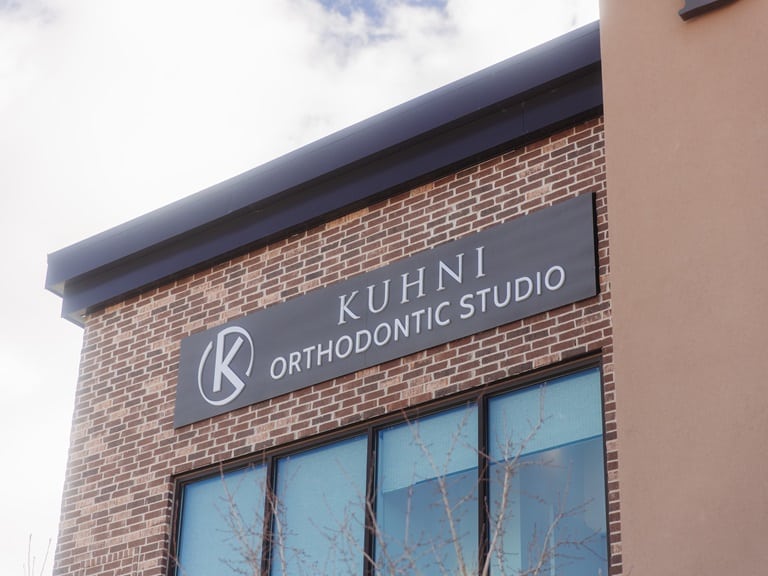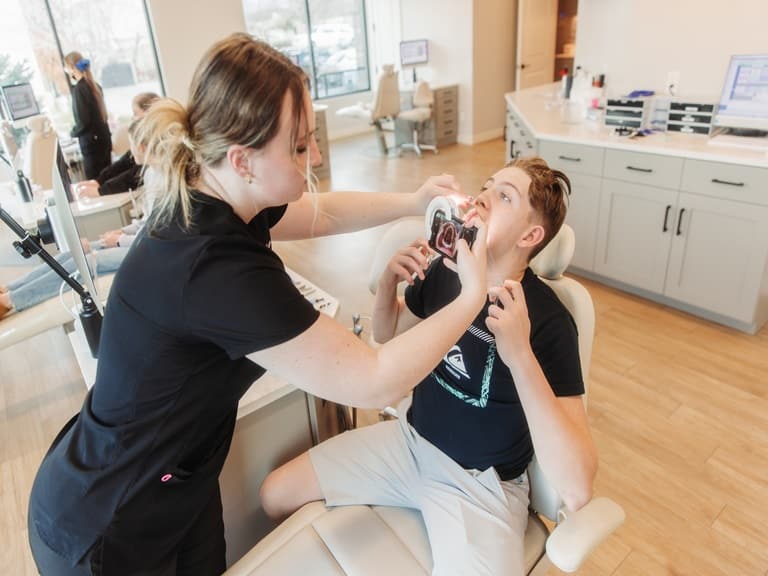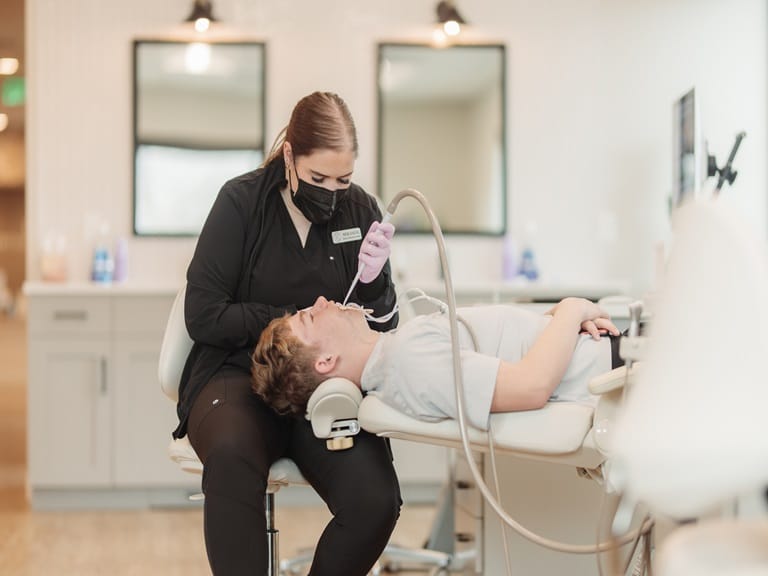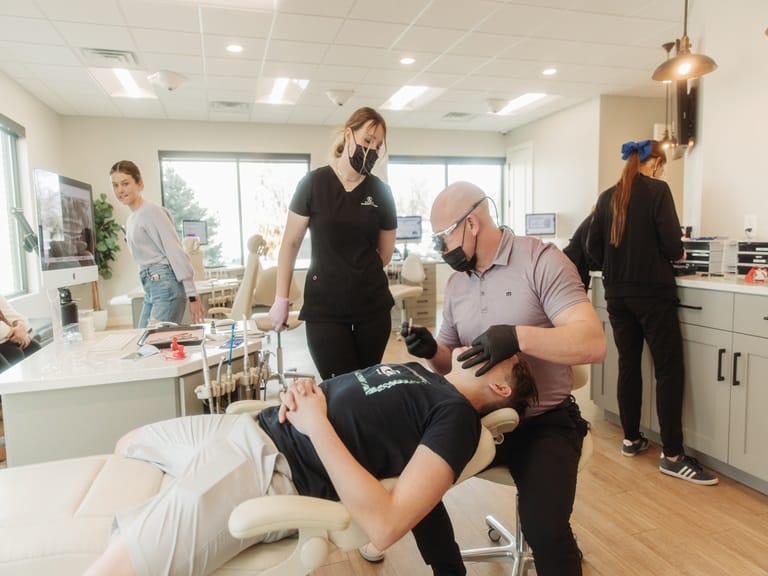Orthognathic Surgery
Orthognathic surgery is also known as jaw surgery. The procedure fixes skeletal and dental flaws. The primary focus is on misalignments of the jaws and teeth.
When an immediate fix is necessary jaw surgery is usually the best way to do it. The surgery will fix the problem immediately and after a little down time everything will be better.
Same goes for facial or mouth conditions that are too severe for orthodontics alone to fix. Leaving those conditions untreated can lead to chronic problems later in life. It’s better to deal with them than live with them.
Dr. Kuhni can refer you to some of the best maxillofacial surgeons in the state. He will work closely with them to create a plan for your surgery and make sure everything goes according to that plan.











